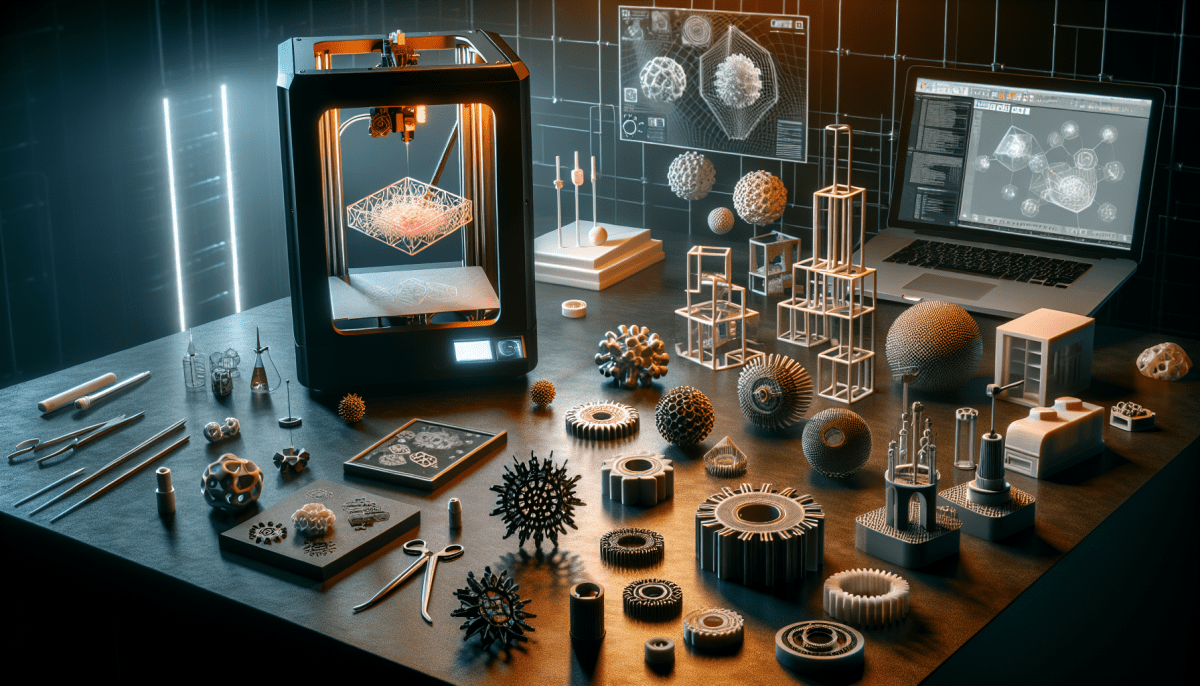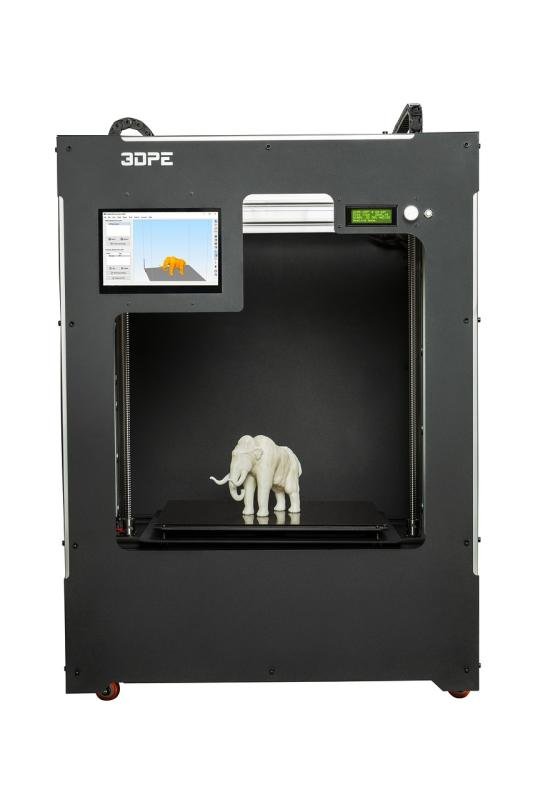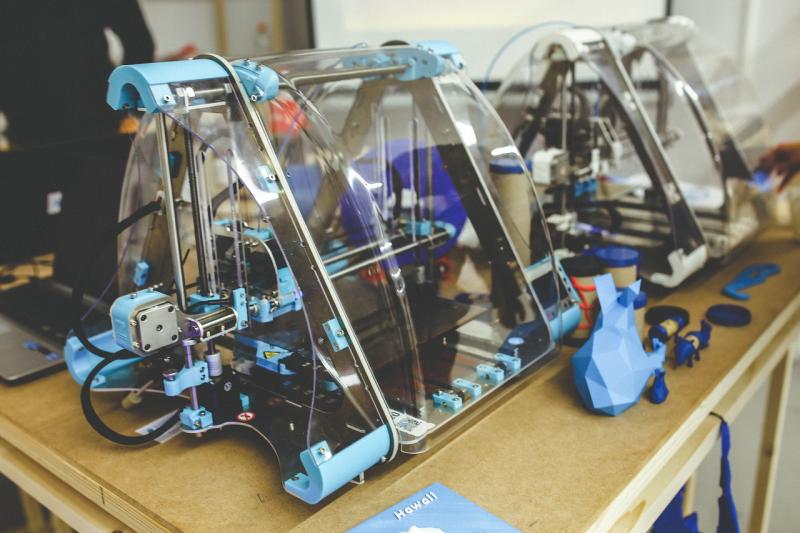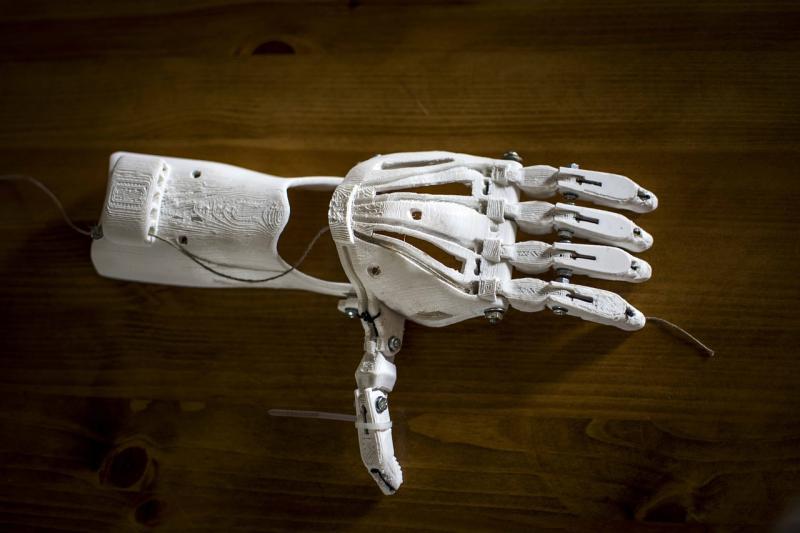Next up, you'll need some design software. If you're not flying solo with your design skills just yet, don’t sweat it! There are plenty of free and user-friendly programs like Tinkercad that let you design your own models or modify existing ones. Plus, many online platforms offer tons of community-shared designs you can print right away.
Once you have your printer and design, it’s time to gather some materials. Most 3D printers use filament, with PLA (Polylactic Acid) being a top pick for beginners. It’s easy to work with and comes in a rainbow of colors!
Finally, make sure you are aware of the settings in your slicing software, which prepares your model for printing. Don’t worry too much about perfecting this at first—just play around and adjust settings like layer height and print speed until you find what works for you. The more you print, the more comfortable you'll become!
Understanding 3D Printing Technology
3D printing might sound like something out of a sci-fi movie, but it’s a technology that’s becoming more common every day. At its core, 3D printing is about taking digital designs and turning them into physical objects. Imagine printing a toy or a tool from your computer. That's basically what 3D printing does!
So, how does it work? The process starts with a 3D model, which can be created using software or downloaded from online resources. Once you have your design, a special printer reads the file and starts building the object layer by layer. It’s like adding frosting to a cake – you go one layer at a time until you get the final product. Most printers use materials like plastic, resin, or even metal, depending on what you want to create.
There are different types of 3D printers too! Some are perfect for beginners, like FDM printers, which melt plastic filament to create objects. Others, like resin printers, use liquid resin to produce high-detail models. Each type has its strengths and weaknesses, so it’s important to choose one that fits your needs.
3D printing is not just fun; it’s also incredibly useful. People are using it for everything from prototypes in business to arts and crafts at home. You can customize your designs, create unique gifts, or even fix broken items. The possibilities are almost endless, and that’s what makes it such an exciting hobby or career path!
Choosing Your First 3D Printer
Getting your first 3D printer can feel a bit overwhelming at first, but don’t worry! With a few key points in mind, you’ll be able to choose the right one for your needs. First off, think about what you want to print. Are you interested in making small models, tools, or maybe even home decor? Knowing what you want to create will help you narrow down your options.
Next, consider the type of 3D printer that best fits your needs. The two most common types are FDM (Fused Deposition Modeling) and SLA (Stereolithography). FDM printers are often more user-friendly and perfect for beginners. They use plastic filament to build items layer by layer, making them great for creating durable objects. On the other hand, SLA printers use resin and are known for their fantastic detail but can be a bit messier to work with.
Another important factor is the printer's build size. This is the maximum size of the object you can print. If you’re planning to make larger items, look for a printer with a bigger build area. But if you’re just getting started, a smaller print size might be perfectly fine, especially for smaller models or prototypes.
Don't forget about the ease of use! Look for a printer with a good support system and a community around it. Brands with active forums or lots of tutorials can make your life so much easier as you learn the ropes. You’ll be amazed at how many resources are out there that can help you troubleshoot or inspire your next project!
Essential Supplies for 3D Printing
If you're diving into the world of 3D printing, having the right supplies can make your journey a whole lot smoother. Here’s a list of essential items you'll want to have on hand as you start creating your own 3D masterpieces.
Finally, don’t forget about software. Many affordable slicers are available that make it simple to turn 3D models into something your printer can work with. Take the time to check out a few and find which one feels right for you.



